#food chain
Explore tagged Tumblr posts
Text
MAHA: FDA to remove exemption that allows harmful chemicals in food. This is what you see in a real populist REVOLUTION! It’s not just the tobacco companies that add addictive, toxic chemicals to their products 🤔
#pay attention#educate yourselves#educate yourself#reeducate yourselves#knowledge is power#reeducate yourself#think about it#think for yourselves#think for yourself#do your homework#do some research#do your research#do your own research#ask yourself questions#question everything#truth be told#lies exposed#government corruption#government secrets#government lies#fda corruption#cdc corruption#food chain#food supply#toxic chemicals#news#maha#robert f kennedy#crimes against humanity#pure evil
156 notes
·
View notes
Text
Insects and spiders are important elements in the food webs of aquatic and terrestrial ecosystems. With declines in their biodiversity, the food supply for birds, fish, reptiles, amphibians and small mammals is not only becoming scarcer, but also poorer in important fatty acids, as an international research team led by scientists from Eawag and WSL has recently demonstrated. Animals not only need sufficient calories to function, but also essential nutrients—including omega-3 and omega-6 polyunsaturated fatty acids (PUFA). Insects and arachnids are an important source of these essential fatty acids for birds, hedgehogs, lizards and the like. However, the content depends on the specific types of insects and spiders consumed.
Continue Reading.
119 notes
·
View notes
Photo

~ Gray and White ~
100 notes
·
View notes
Text

Vegetable Patch II - Fiona Willis
British , b. 1953 -
Watercolour and ink , 24.5 x 32.4 cm.
162 notes
·
View notes
Text

House Flies:
-Are 6-7 mm long
-Live 15-20 days
-Can lay up to 500 eggs in 3-4 days
-Breed in manure
-Can travel up to 2 miles
-First make contact with their legs before tasting
-Need sugar to survive
-Are known carriers of E. coli, salmonella, and other bacteria and pathogens

#ansi#standards#safety#food chain#iso#flies#pest control#biology#bacteria#disease#food#food safety#house fly#insects#bugs#public health
43 notes
·
View notes
Text
Korean Manhwa Men (of modern setting genre) I'm Currently Addicted To...
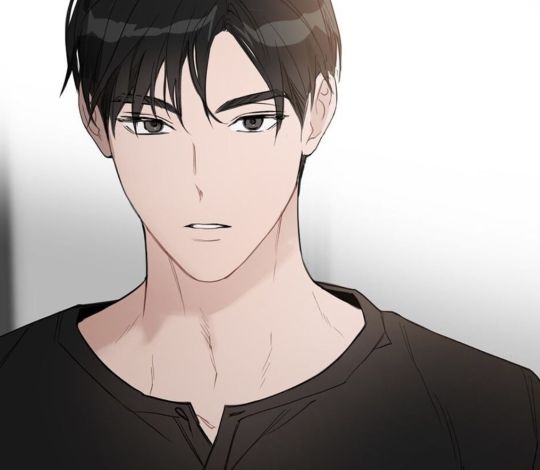

Doo-joon Kang from Positively Yours
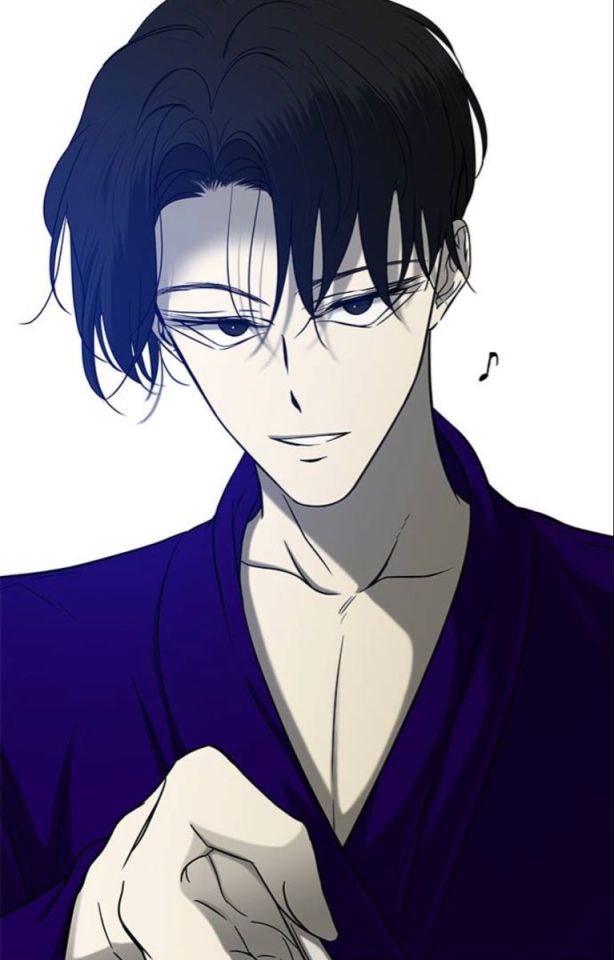
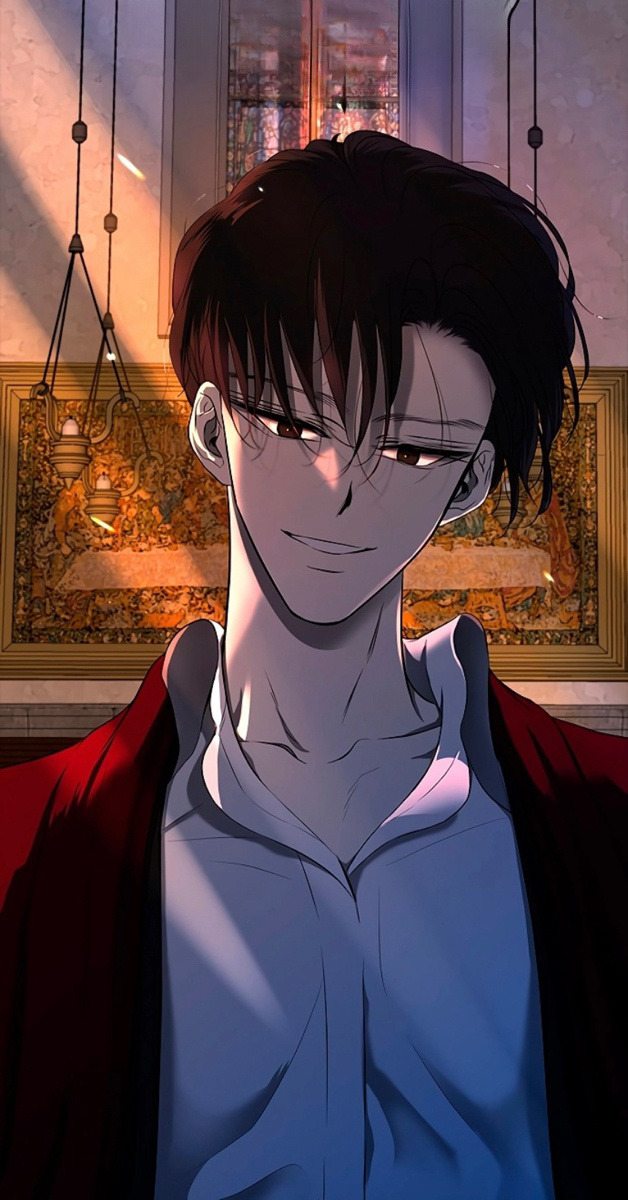
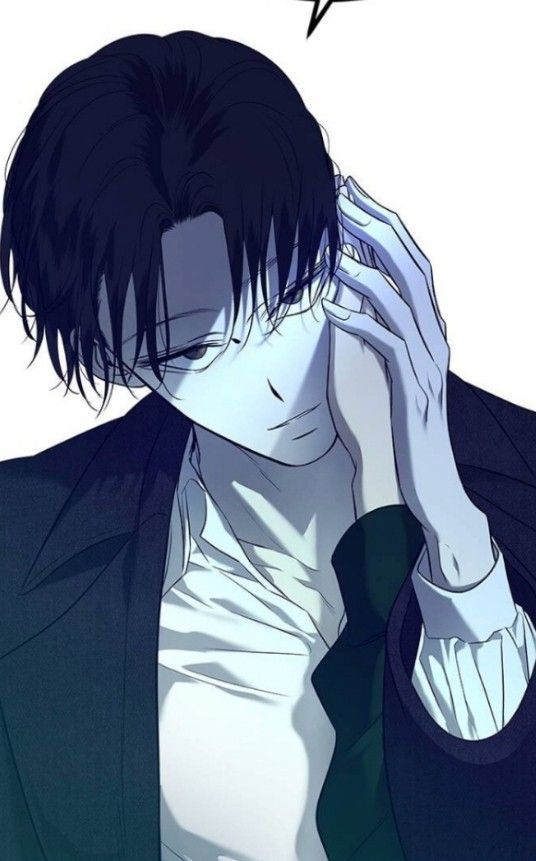
Park Yoonsoo from Olgami
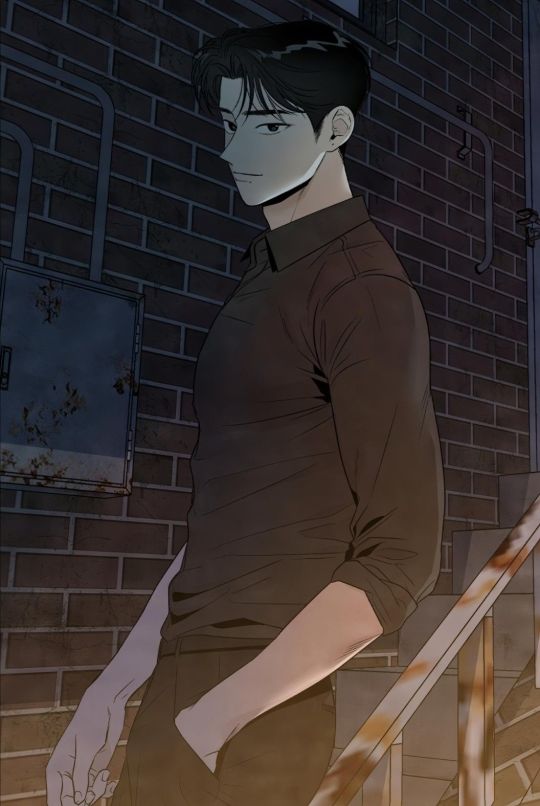
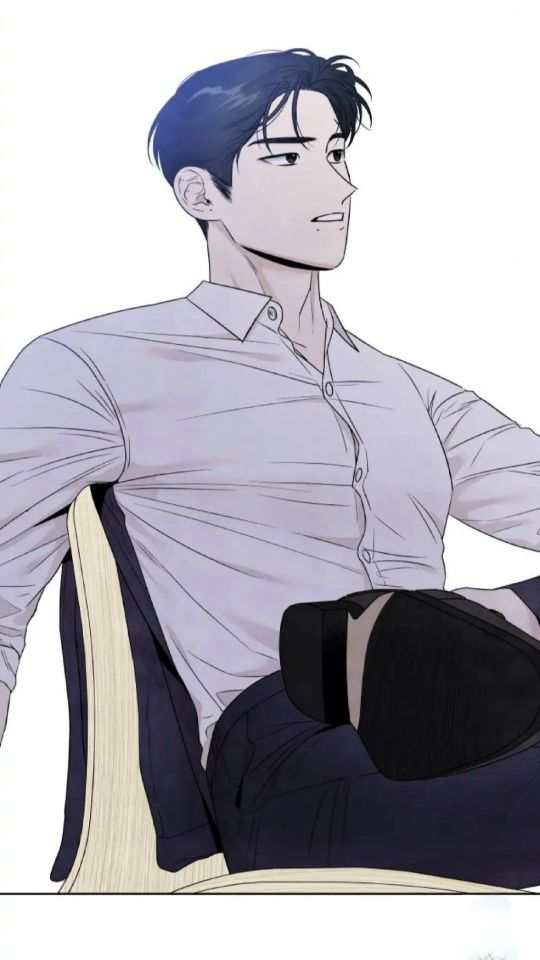
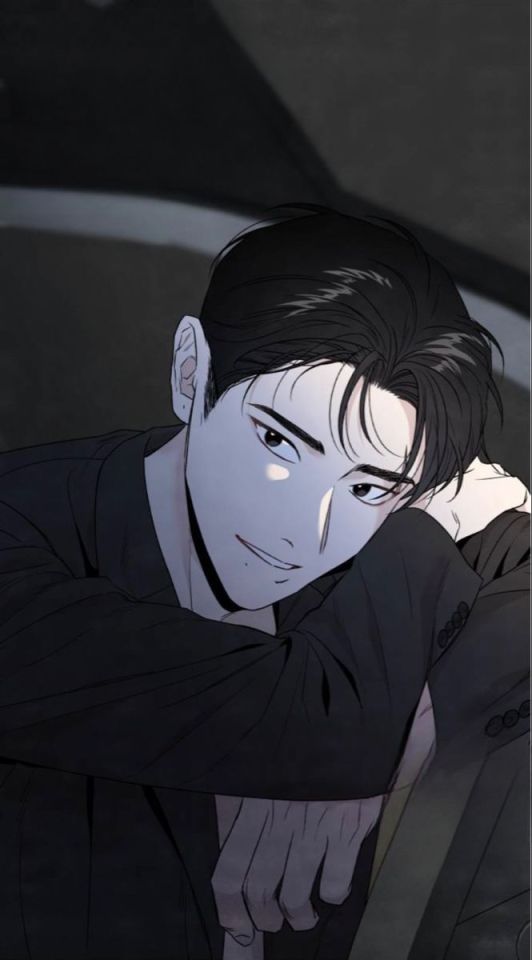
Cha Gyeol from The Reason I Decided To Die


Choi Chan from Psychometer Fragmented Memories
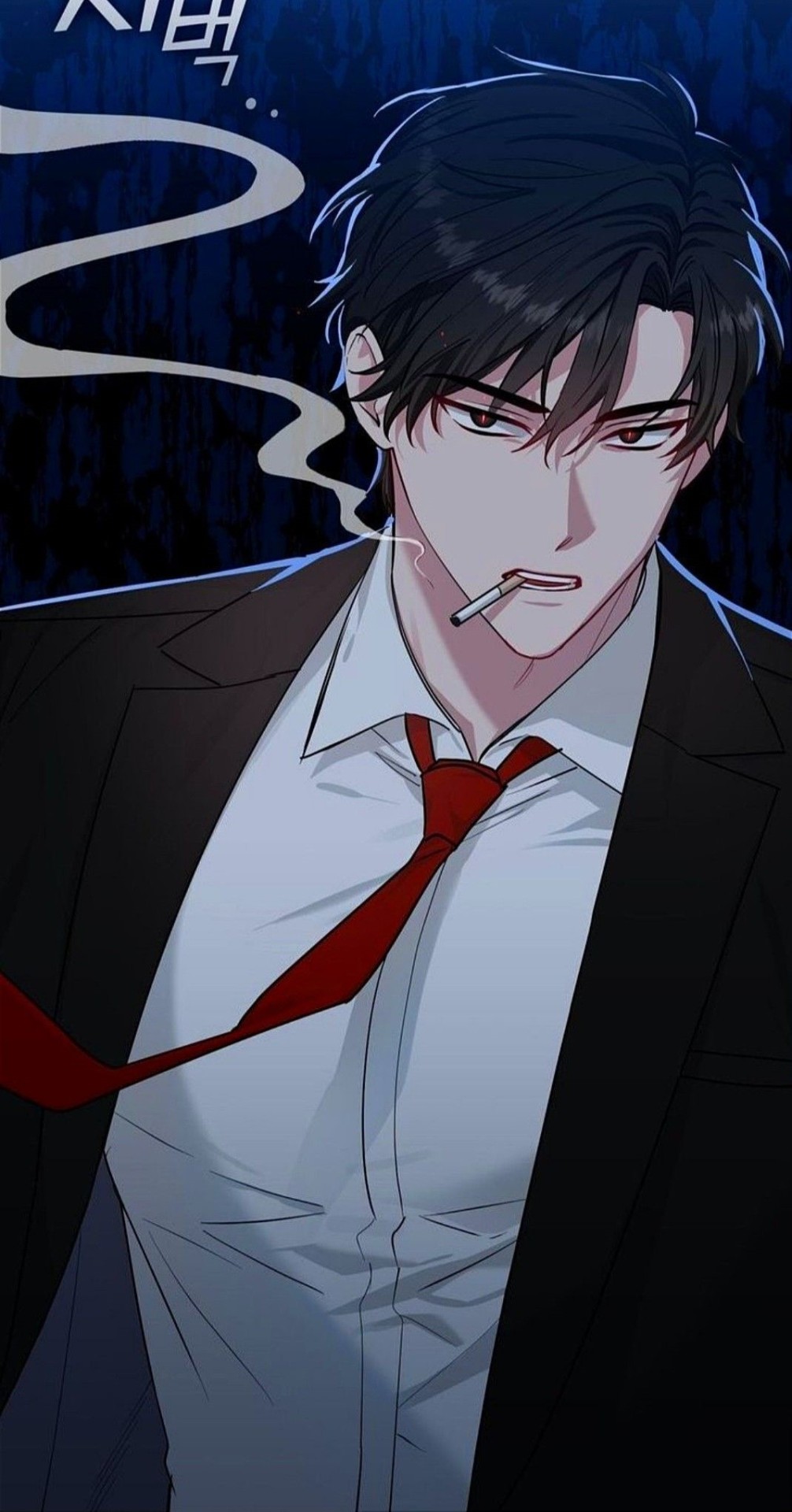

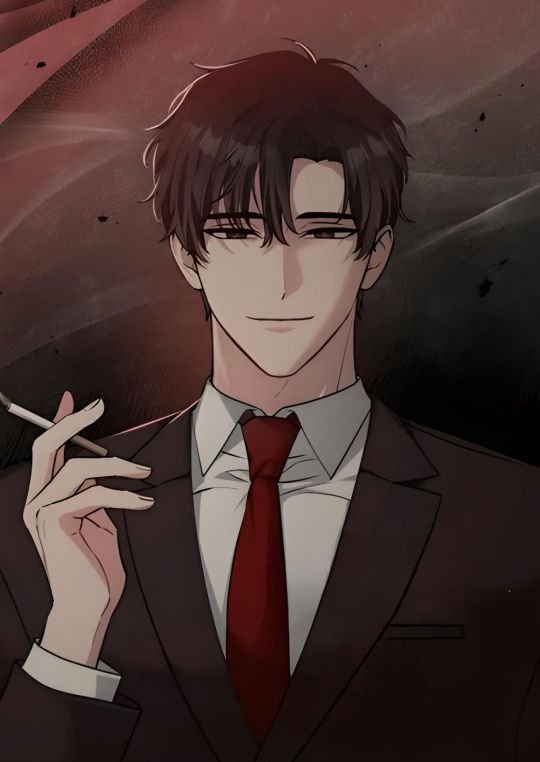
Taegyung Seo from Fly Me To The Moon
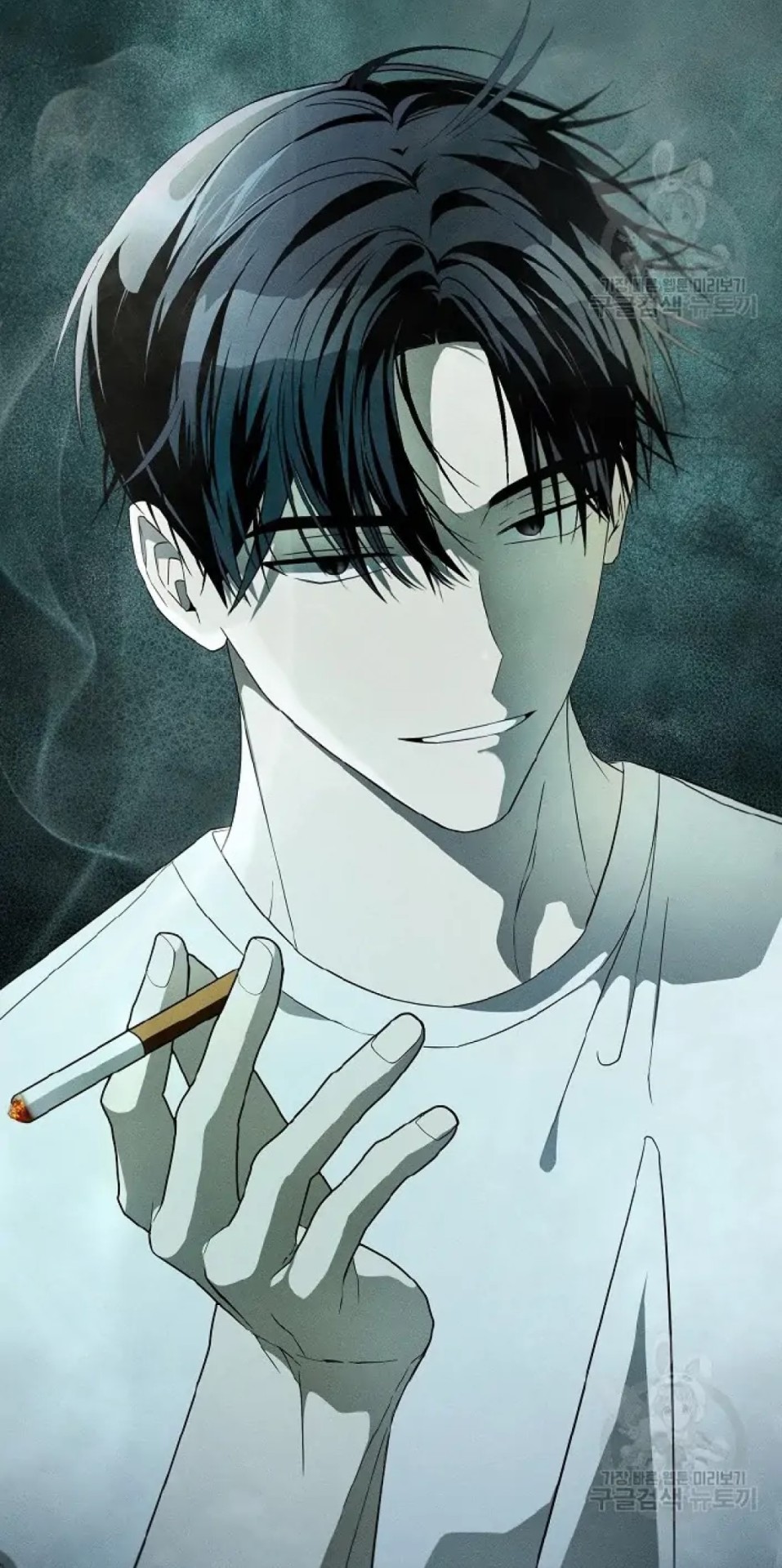
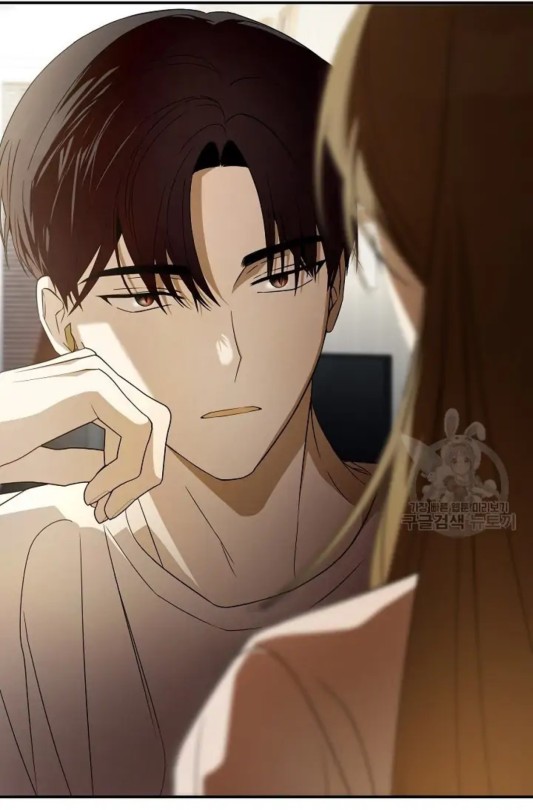
Lee Dohoon from Food Chain
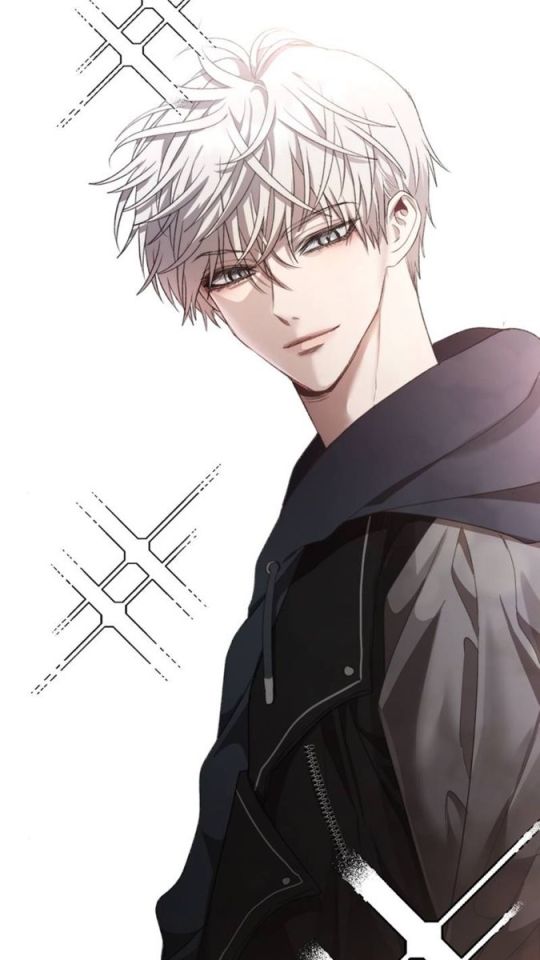
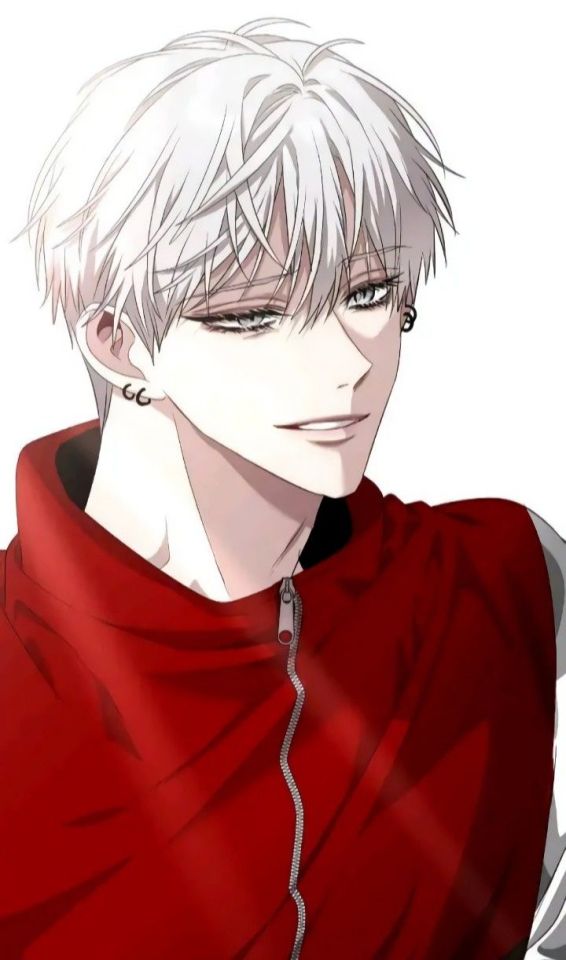
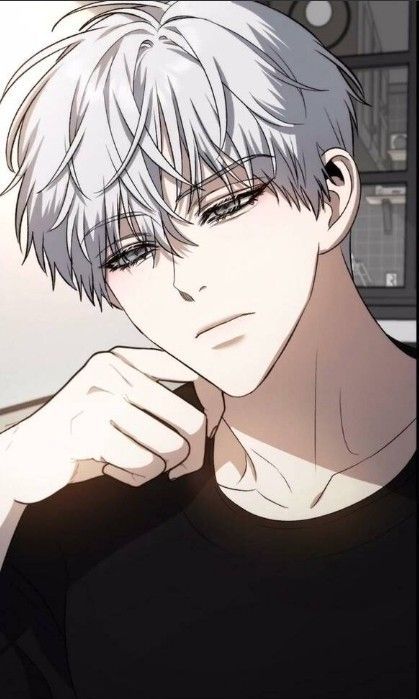
Baek Siyoon from Free In Dreams
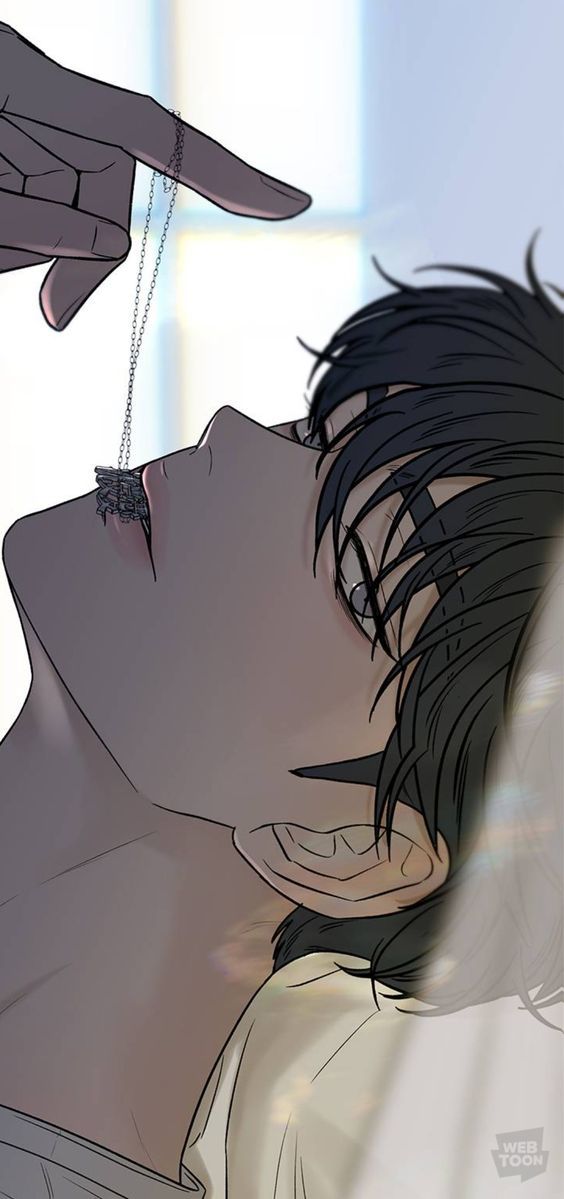
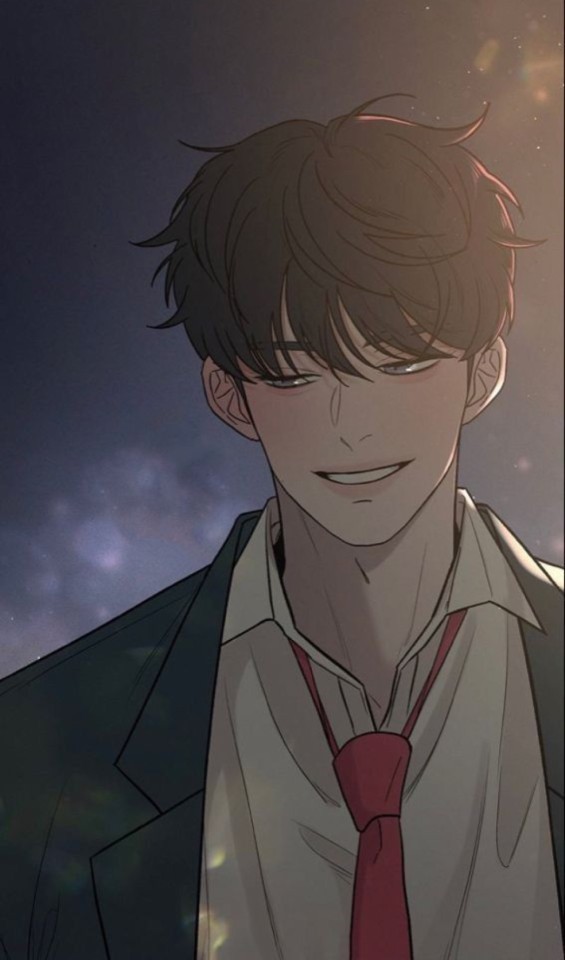
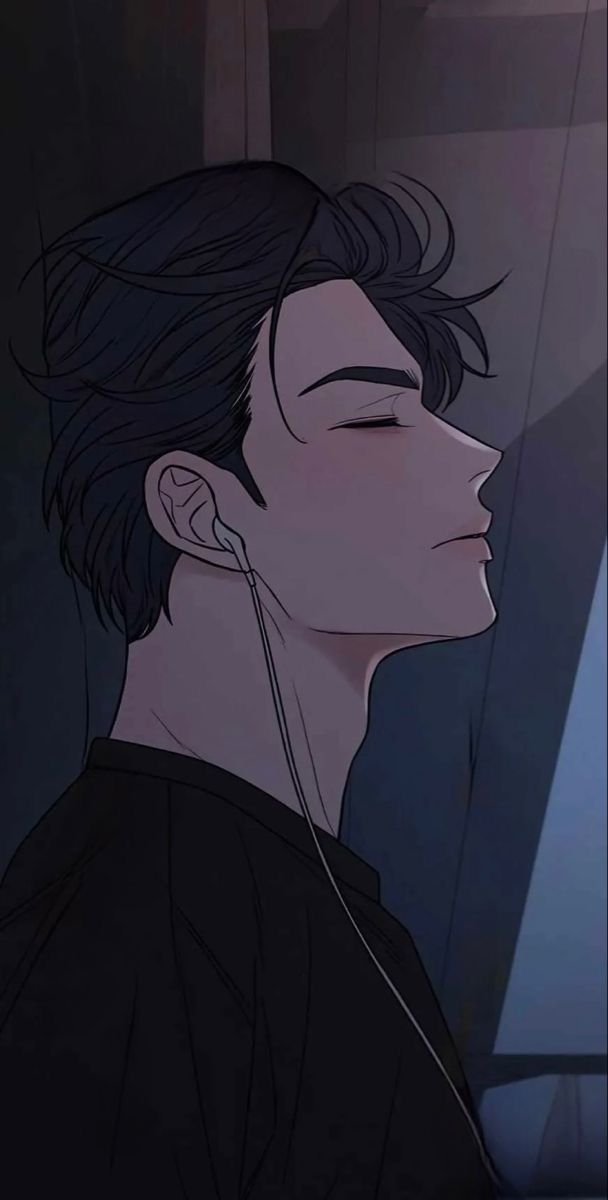
Go Eun-Hyuk from Operation Name Pure Love
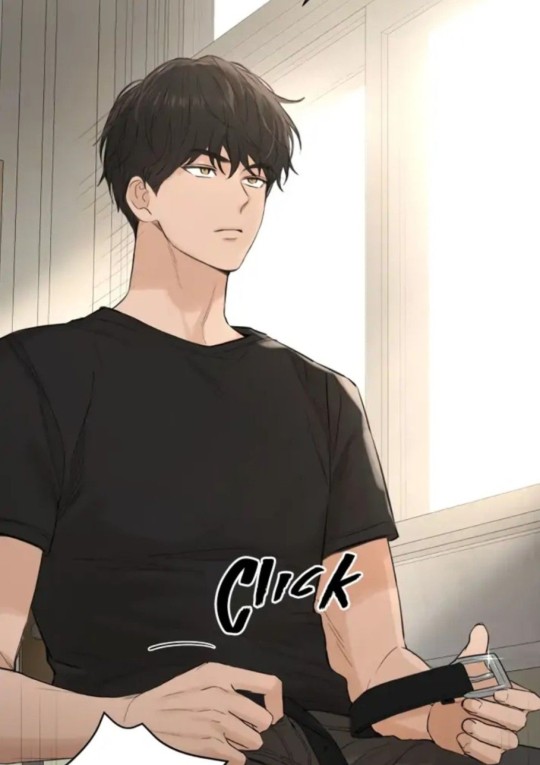

Kwon Beomjin from Just Twilight
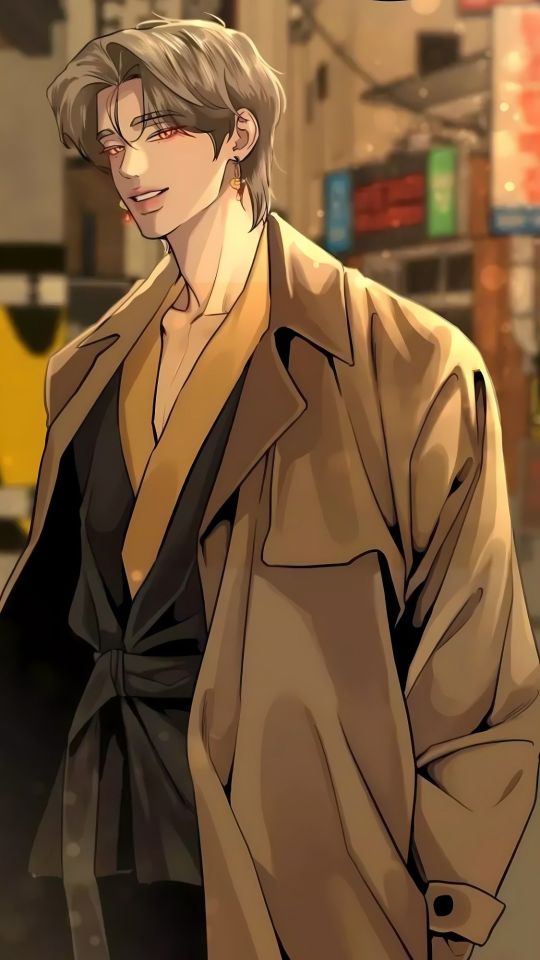
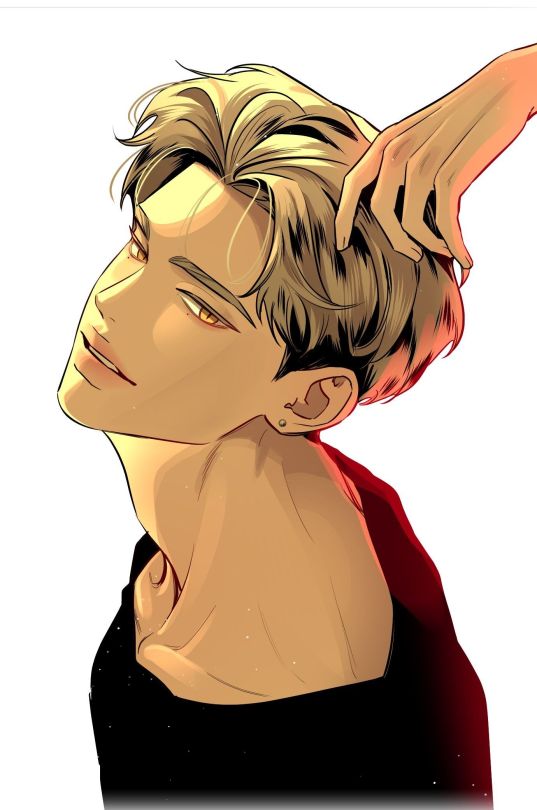
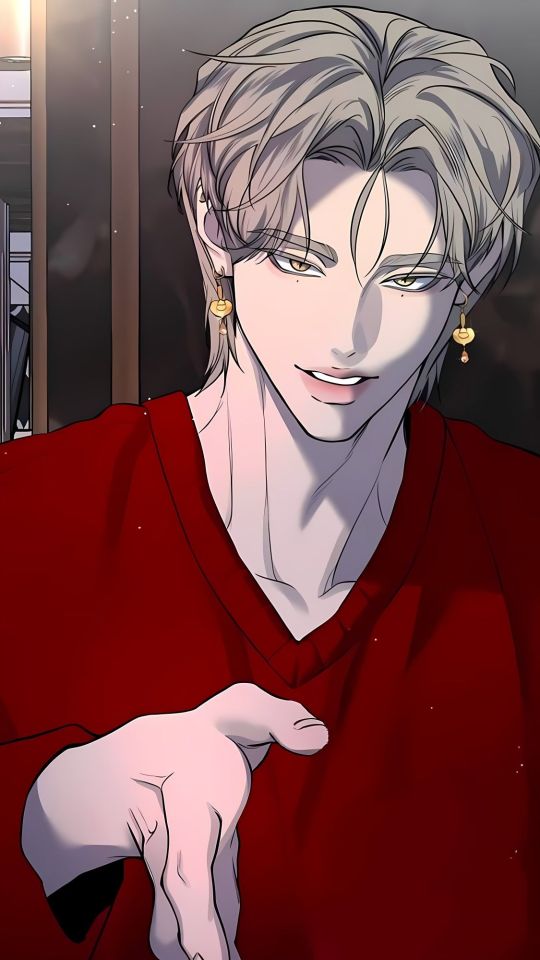
Baek Shiho from Extroversion Of An Immortal
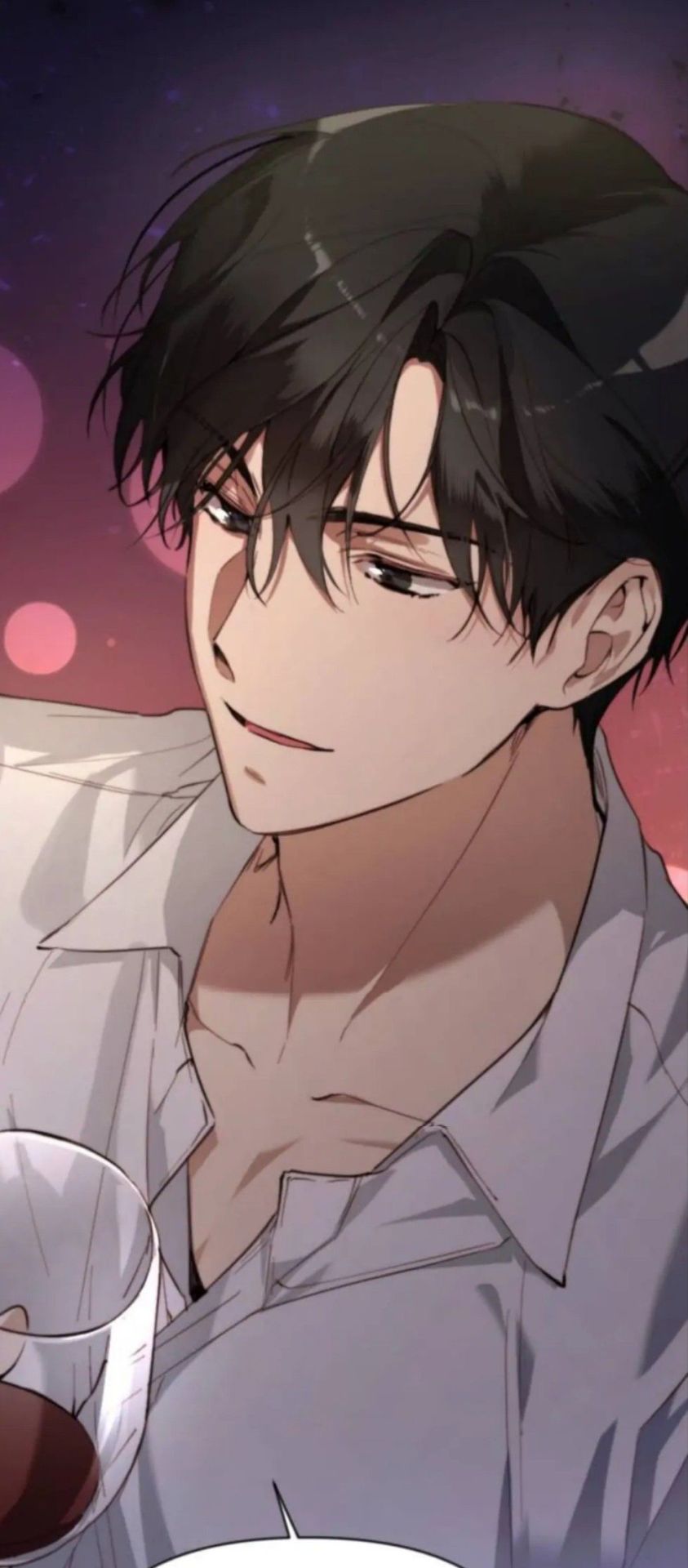
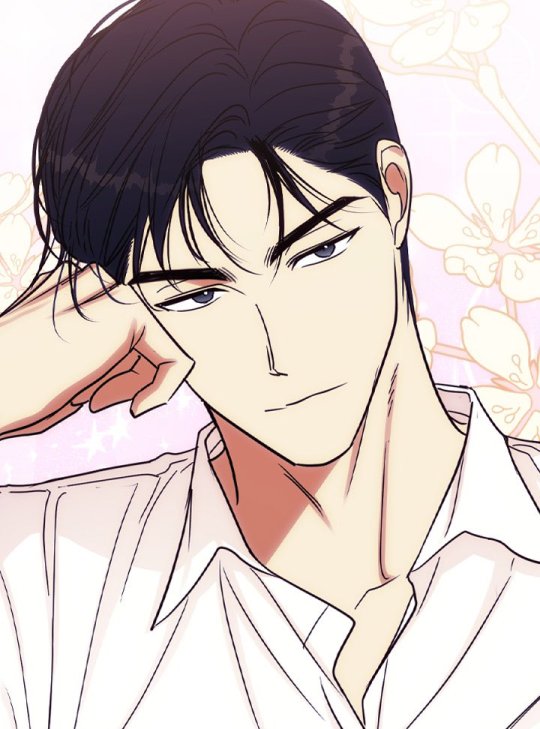

(From left to right) Ryu Kang Hyun from Divorce Is Easy, But Love Is Hard Cha Yiheon from Love Class Ki Yoon-Gi from Please Teach Me, Senior
Just now I noticed something... I certainly have a thing for black-haired male leads lmao!!! 😭😭😭💕💕💕
(My taste in men is quite problematic since half of them here are red flags, but don't worry as red is one of my favorite colors 🚩🤩😘😅)
#manhwa#korean manhwa#romance manhwa#manga#anime#positively yours#olgami#extroversion of an immortal#divorce is easy but love is hard#love class#please teach me senior#operation name pure love#operation name true love#free in dreams#dreaming freedom#fly me to the moon#the reason i wanted to die#the reason i decided to die#my reason to die#food chain#psychometer fragmented memories#baek shiho#baek siyoon#cha gyeol#park yoonsoo#kang doo-joon#go eun-hyuk#taegyung seo#choi chan#just twilight
335 notes
·
View notes
Text
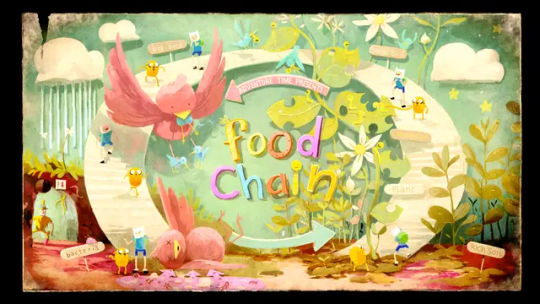

Food Chain: Against a blue wall with clouds and rain, Finn and Jake are shown running around a looping staircase that displays the food chain. Finn and Jake themselves are shown in several different sections, examining and reacting to the different stages of the food chain. The staircase starts with a section labeled "Rich soil" where several plants are growing, and is followed by two sections, one labeled "Plant" and the other "Caterpillar," both showing a plant with holes being eaten by caterpillars. The next section, labeled "Small bird," shows the caterpillars screaming while two birds eat one each. The next section, labeled "Big bird," shows a larger bird eating the small bird. Finally, the last section is labeled "Bacteria," and shows a pool of pink bacteria beginning to decompose the dead big bird. Underneath a doorway to the left is Magic Man with a sinister grin. The title is in the center of the screen in brightly colored letters, and the I in Chain is a caterpillar.
Gumbaldia: The titular city, made of candy, is shown. In the foreground are two smokestacks spewing pink smoke, and behind each of them on either side of the screen are two factories. In the center, between the smokestacks, is a pyramid made of cake, on top of which stands Gumbald. The sky is covered in dark pink clouds, and the title is at the top in pale yellow and an old newspaper-style font.
11 notes
·
View notes
Text




This makes sense….
#team chaotix#sonic the hedgehog#espio the chameleon#vector the crocodile#charmy bee#food chain#like wtf#excuse me#what the hell
21 notes
·
View notes
Photo
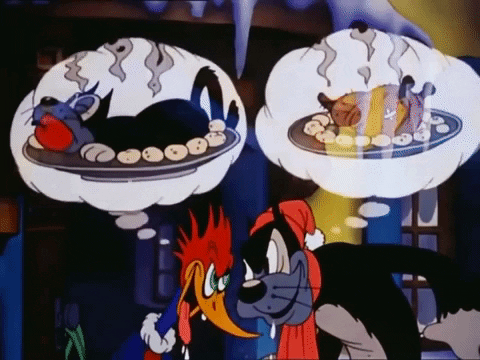
#Woody Woodpecker#Pantry Panic#gif#my edit#gifs#cartoon#classic cartoons#40's#40s#1941#vintage#food chain
294 notes
·
View notes
Text
sorry 4 the only time i post art beinf caterpillar finn


#adventure time#finn the human#finn mertens#i dunno#my art#food chain#adventure time food chain#adventure time fanart#at fanart#atimers
72 notes
·
View notes
Text

Damn these Operation Mongoose files are crazy...
The CIA admitted they had plans for “agriculture sabotage” by initiating crop failure via “biological agents.” The CIA had plans to use bioweapons for regime change.
If they were willing to do this then, and knowing what they have done to the food supply now...
How far will they go? 🤔
#pay attention#educate yourselves#educate yourself#reeducate yourselves#knowledge is power#reeducate yourself#think about it#think for yourselves#think for yourself#do your homework#do your research#do your own research#do some research#ask yourself questions#question everything#food supply#food chain#government corruption#government secrets#government lies#truth be told#lies exposed#evil lives here#operation mongoose#news#bioweapon#toxic chemicals
77 notes
·
View notes
Text

A time of vigilance...still room for hope.
#Hiding Place#High Alert#Food Chain#Circle of Life#New Normal#Not Normal#Existential Questions#Holding Out Hope#photography#photography on tumblr#original photography#photo blog#snapshot
9 notes
·
View notes
Text
Good stuff 1-12-25
My partner and I went to one of our favorite coffee shops and had really good coffee this morning. We also had an awkward uncomfortable necessary conversation and it’s so hard for both of us but I’m glad we did it and I felt really reassured about stuff afterwards
Then we just hung around playing board games, which was fun, and we talked about the future and what it will be like when we live together and our time table for looking for a place and I felt really close to them and excited
And then we went out for dinner and had really really good food and drinks, I had milk punch for the first time and it was awesome, and they ate a bunch of vegetables they wouldn’t normally eat and really liked them, and I just really love this person so much and have so much fun doing life with them
14 notes
·
View notes
Text
midnight snack: food chain edition
#circle of life#owls#snakes#food chain#not my usual content#but freaky#owls be skurry#and that snake seemed awfully chill about being dinner#if i was that snake i would hang a u turn and head for the other exit
23 notes
·
View notes
Text
RIGHT GUYS IM GETTING REAL DEEP HERE.
so.
i like to think about life as a food chain. we start of as prey, but we slowly try to become predators, the top of it all. we fight to become better than the others, to kill them so they don't kill us. but that's not who I want to be. I want to be the plant. they're at the bottom of the food chain. they make food and nutrients by themselves without hunting others. they give their recources to the prey so that they can thrive. they don't hurt others to get to the top. theyre independent. I want to be the plant, not the predator.
#hehehe#i don't sleep#tumblr memes#deep thoughts#Deep stufff#food chain#philosophy#how did I think of this half of my thoughts are the randomest crap ever#Meme#memes
5 notes
·
View notes